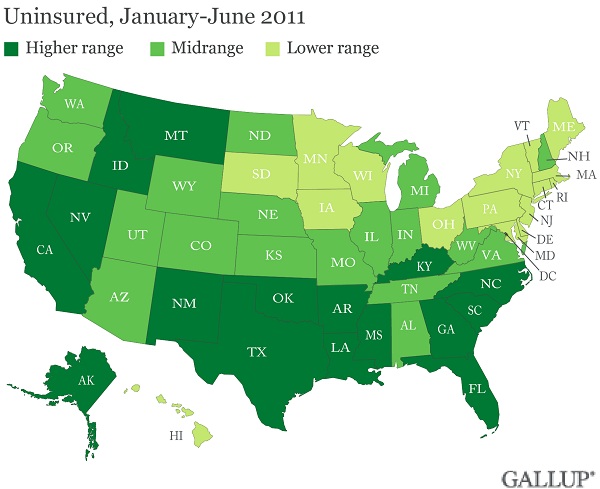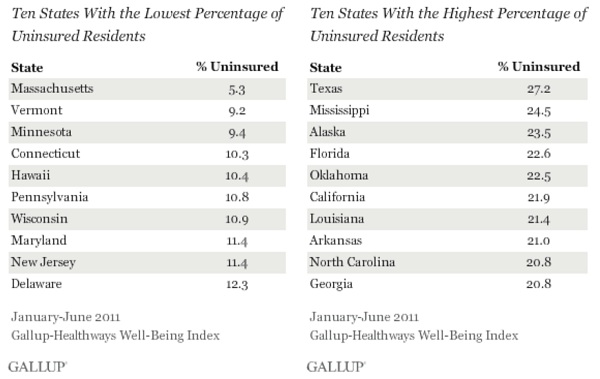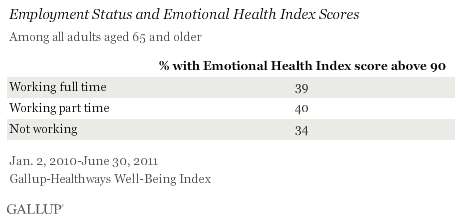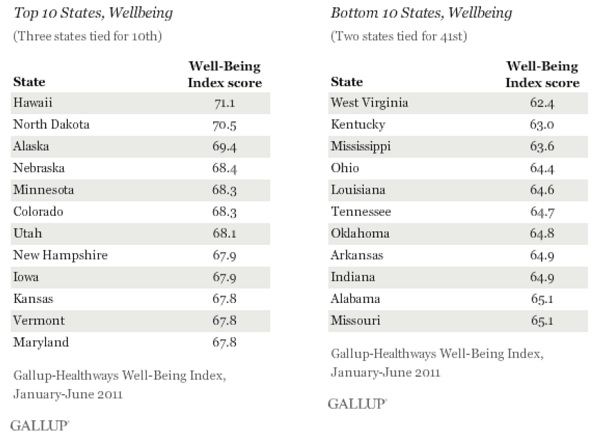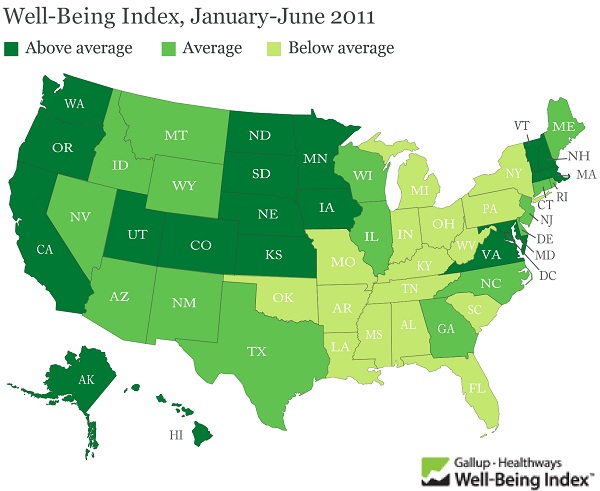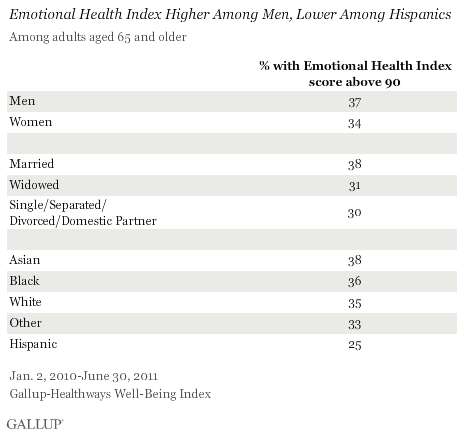Poll Watch: Massachusetts and Connecticut Lead America in Dentist Visits
Posted on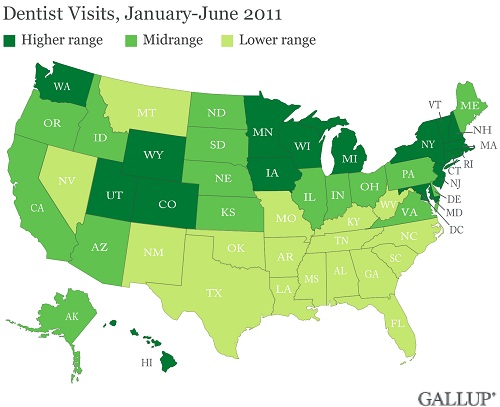
Three in four Massachusetts residents say they visited a dentist in the last 12 months, a higher rate than in any other state in the nation. Those living in Mississippi were least likely to say they go to the dentist, followed by Louisiana and West Virginia residents.
These state-level data, collected as part of the Gallup-Healthways Well-Being Index, are from January through June 2011 and encompass more than 177,000 interviews conducted among national adults, aged 18 and older. Nationwide, an average of 65% of all American adults say they visited a dentist in the last 12 months during this time period, essentially unchanged from past years.
Here is the chart for the most and least dentist visit states:
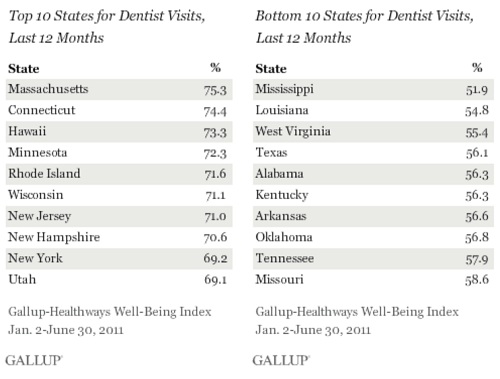
And, not surprisingly, there is a relationship between having dental insurance and a dentist visit.
Here is the chart:
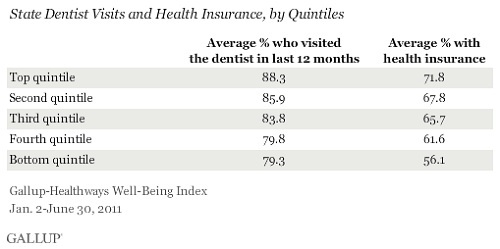
There are regional disparities in visiting the dentist. Any programs designed for dental health education will need to be tailored with these regional and perhaps cultural differences in mind.
Poor oral care can lead to many potential negative health outcomes. When combined with other risk factors, poor oral health can be linked to heart disease, stroke, atherosclerosis, rheumatoid arthritis, and diabetes, among others. Maternal periodontal disease, too, has been linked to preterm births.
The range in good oral health behaviors across the 50 states is considerable and may be indicative of several factors, including household income. Having health insurance coverage — which is related to income — also appears to be a critical factor in dental visits. However, it should be noted that the Well-Being Index only confirms whether a respondent has health insurance, not dental insurance. Based on the Well-Being Index data, a 10-percentage-point increase in the percentage of Americans with health insurance could mean as much as a 6-point increase in the percentage who visit the dentist each year, with a potentially considerable positive effect on many of the negative health outcomes associated with poor oral health.


